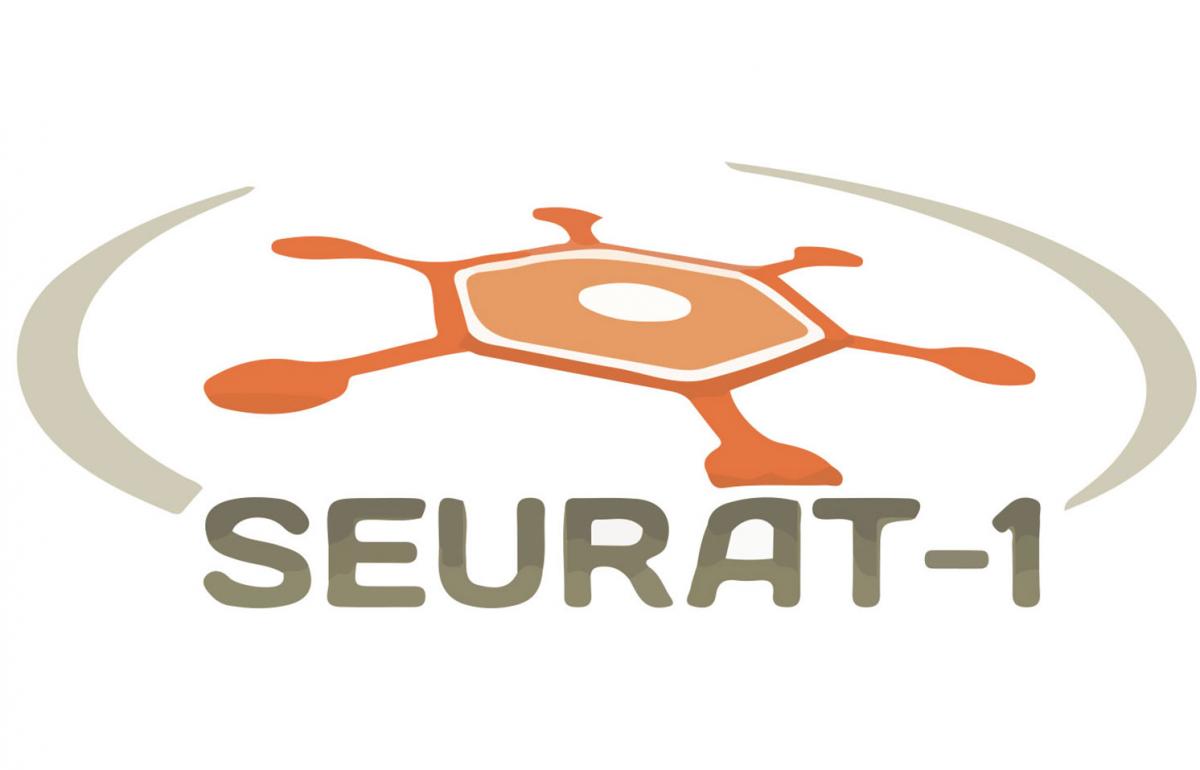 The goal of SEURAT-1 is the development of a concept and corresponding long-term research strategy for future research and development work leading to pathway based human safety assessments in the field of repeated dose systemic toxicity testing of chemicals.SEURAT-1 will contribute to develop a new definition of “adversity” in toxicology at the cellular and molecular level leading to pathway-based human safety assessment. This will require the establishment of a complex system consisting of stable human cell lines and organ-simulating devices in combination with computational chemistry, systems biology and sophisticated modeling and estimation techniques. Emphasis will be put on the reliability and reproducibility of all components necessary for the implementation of the concept.
The goal of SEURAT-1 is the development of a concept and corresponding long-term research strategy for future research and development work leading to pathway based human safety assessments in the field of repeated dose systemic toxicity testing of chemicals.SEURAT-1 will contribute to develop a new definition of “adversity” in toxicology at the cellular and molecular level leading to pathway-based human safety assessment. This will require the establishment of a complex system consisting of stable human cell lines and organ-simulating devices in combination with computational chemistry, systems biology and sophisticated modeling and estimation techniques. Emphasis will be put on the reliability and reproducibility of all components necessary for the implementation of the concept.
SEURAT-1 will provide an essential step towards the SEURAT long term strategy by providing the proof of concept that the new toxicity pathway strategy reliably predicts risk of repeated dose human (liver) toxicity
The key elements of SEURAT-1
Screen small numbers of well-characterized chemicals for small range of biological endpoints potential associated with adversity in the animal or in humans.Hypothesis driven approach aimed at the identification of relevant biomarkers.
Use of sophisticated “physiologic” in vitro models
Develop human functional systems of diverse cellularity by means of stem cell technology
Apply biomarker analysis on stem cell-derived differentiated cells.Use cells alone (HTS) or in complex multicellular systems
(bioreactor)
Link in vitro responses to tissue dosimetry by computer modeling
Apply mechanistic knowledge to predict toxicity in silico
Generate proof of concept that the new toxicity pathway strategy correctly predicts subchronic (liver) toxicity In vivo.

Sara holds the esteemed position of Lead Publisher at SEURAT, overseeing the curation and dissemination of content centered on health and ethical consumer choices. With her rigorous editorial standards and an acute understanding of the health supplement industry, she ensures the delivery of accurate, insightful, and relevant information to the platform’s discerning audience. Her commitment to promoting cruelty-free practices has solidified the website’s reputation as a trusted source for professional and ethical insights in the sector.
